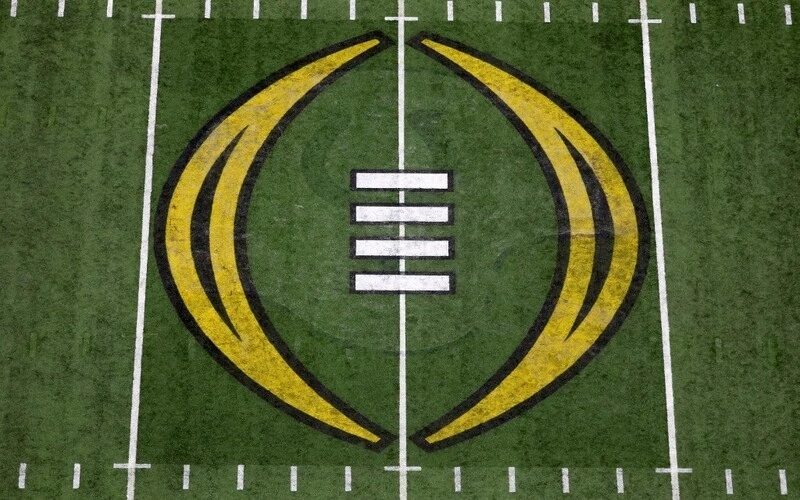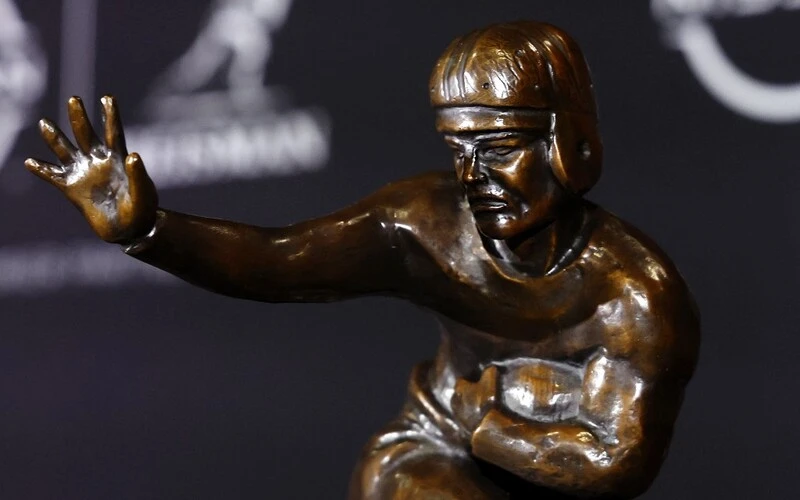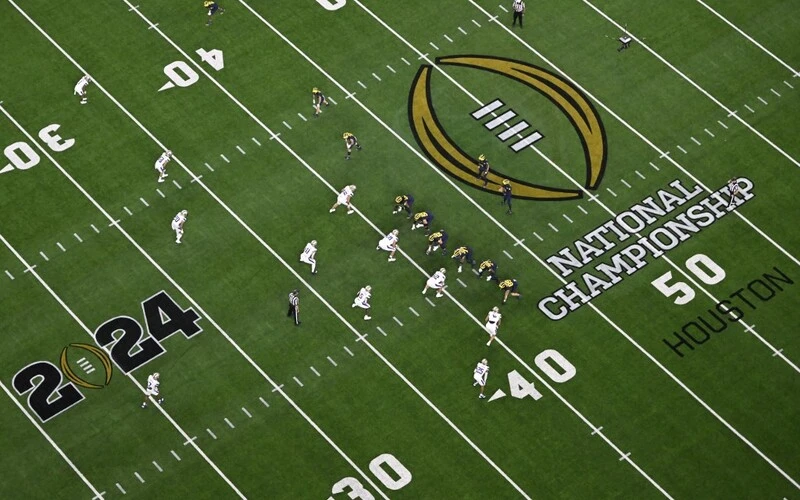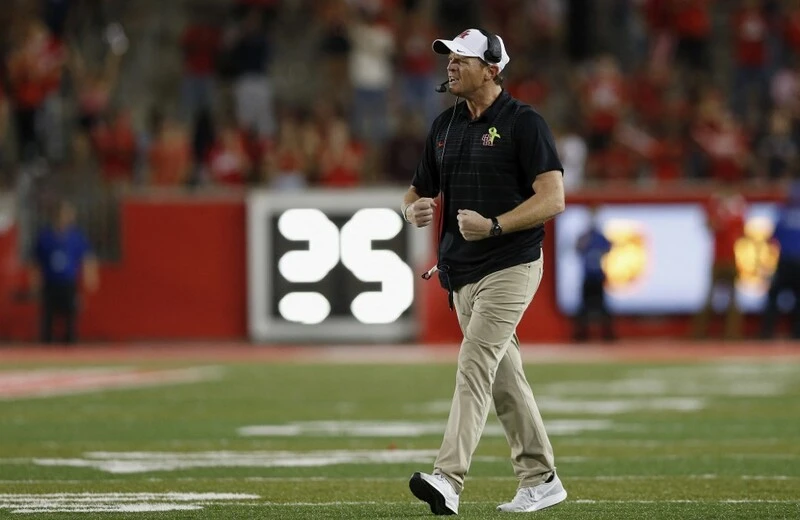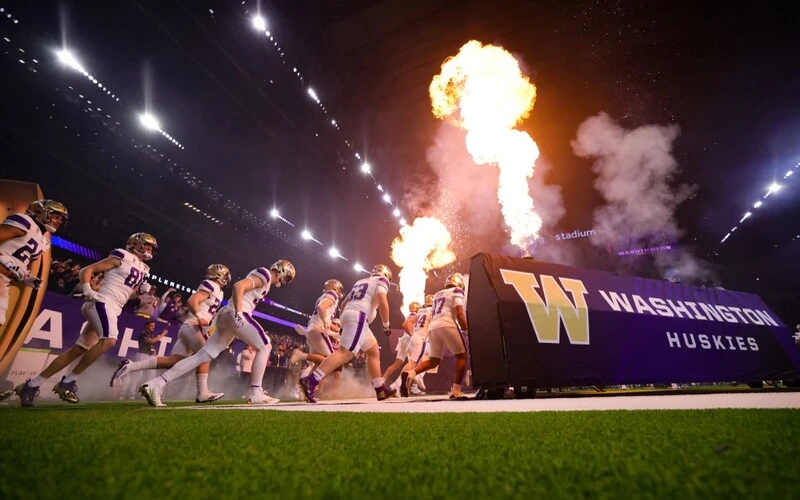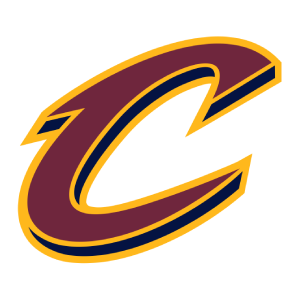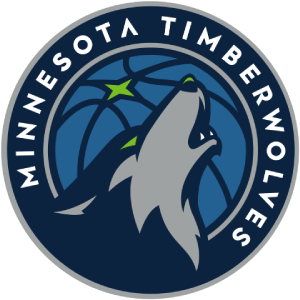 Buckeyes
Buckeyes
 Buckeyes
BuckeyesNCAAF Ohio State Buckeyes
General Information
Conference: Big Ten
NCAA Division: Division I
City: Columbus, Ohio
Stadium: Ohio Stadium
Championships
- National Championships: 15
- Conference Titles: 41
- Divisional Championships: 10
Past Conferences
Ohio State Buckeyes Stats & Analysis
Check out all the information related to team stats.
All-Time Ohio State Buckeyes Stats & Records
Passing Yards
- J.T. Barrett: 9,434
- Art Schlichter: 7,547
- Bobby Hoying: 7,232
- C.J. Stroud: 6,458
- Joe Germaine: 6,370
Rushing Yards
- Archie Griffin: 5,589
- J.K. Dobbins: 4,459
- Ezekiel Elliott: 3,961
- Eddie George: 3,768
- Tim Spencer: 3,553
Receiving Yards
- David Boston: 2,855
- Gary Williams: 2,792
- Michael Jenkins: 2,746
- Cris Carter: 2,725
- Chris Olave: 2,702
Ohio State Buckeyes – NCAAF History
The Ohio State Buckeyes began to play in 1890. The Buckeyes won four championships between 1890 and 1950 including two back-to-back unclaimed titles in ’44 and ’45. They also enjoyed multiple undefeated seasons and won multiple conference championships.
In 1951, Woody Hayes became coach and would hold the title until 1978. From ‘51-’53, the Buckeyes steadily improved year to year. In 1954, the Buckeyes ended the season undefeated and were named champions. Running back Heisman winner Howard Albert “Hopalong” Cassady led the way. From ’54-’78 the team won multiple championships, including four claimed championships and four unclaimed. Hayes finished with the most championships among all Buckeye coaches, multiple Heisman winners, and a 238-72-10 overall record.
In 1979, Earle Bruce took over as head coach. Though Bruce started well, going 9-3 six years in a row, that was not good enough by Buckeye standards. Bruce had a host of All-Americans to work with, including NFL Hall-of-Famer Cris Carter. Bruce and the Buckeyes did manage to win the Big Ten in 1982.
John Cooper became coach in 1988. The first half of Cooper’s stint was very forgettable. However, things changed for him in the middle of his tenure. The Buckeyes won the Big Ten in ‘93, ’96, and ‘98. There were a host of players that played under Cooper, including Heisman- trophy winner, current head coach at Tennessee State University, and NFL star Eddie George. Despite leading the Buckeyes to a 111-43-4 overall record, Cooper had a very underwhelming 3-8 bowl record.
Jim Tressel took over in 2001, and the Buckeyes returned to prominence almost immediately. After an average first season, Tressel and the Buckeyes won the 2002 National Championship. Tressel had the Buckeyes dominating the Big Ten. They won the Big Ten six times under Tressel, including a five-year stint from 2005-2009. Tressel had the Buckeyes trending upwards, but resigned in 2011 since he and the players broke NCAA rules.
Urban Meyer was named coach in 2011. Meyer went on a 23-game winning streak from 2011-2013. However, the Buckeyes weren’t allowed to play in any conference championship games due to the sanctions brought on from the Tressel years. In 2014, the Buckeyes won their division and the Big Ten. They qualified for the first-ever College Football Playoffs, where they beat Alabama. and then Oregon; they were crowned champions in January 2015. In 2016, they returned to the playoffs but were knocked off by Clemson. Coach Meyer was suspended multiple games in 2018. Ryan Day served as interim coach until Meyer returned. However, Meyer announced his retirement at the end of the season, and Day was named head coach.
The Buckeyes have been very productive under Day. They went undefeated and won the Big Ten in his first season. Unfortunately, the Buckeyes fell to Clemson in the college football playoffs. The Buckeyes went on to win the Big Ten again in 2020. Additionally, the Buckeyes finally beat Clemson in the College football playoffs but lost to Alabama in the Championship game. The Buckeyes are 42-4 under Ryan Day. The Buckeyes have won their division three times, and the Big Ten twice under Day.
Follow us on Twitter

